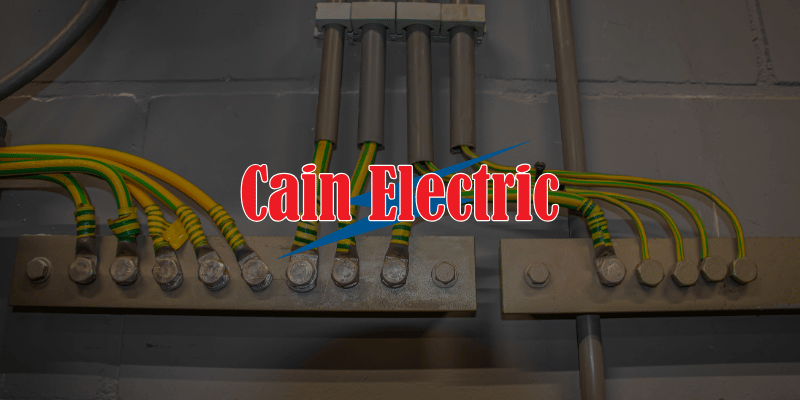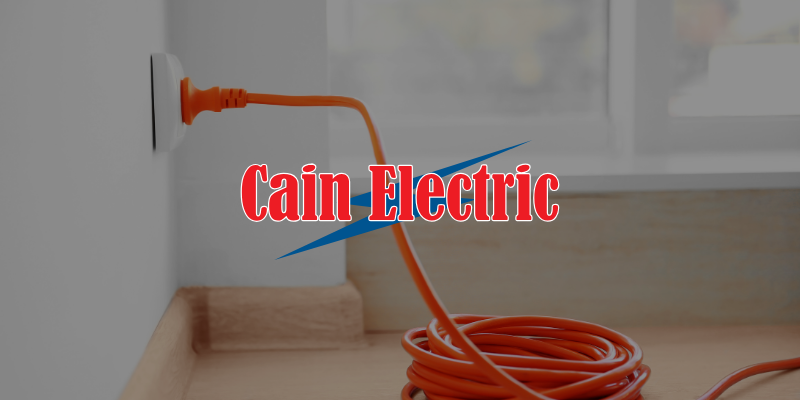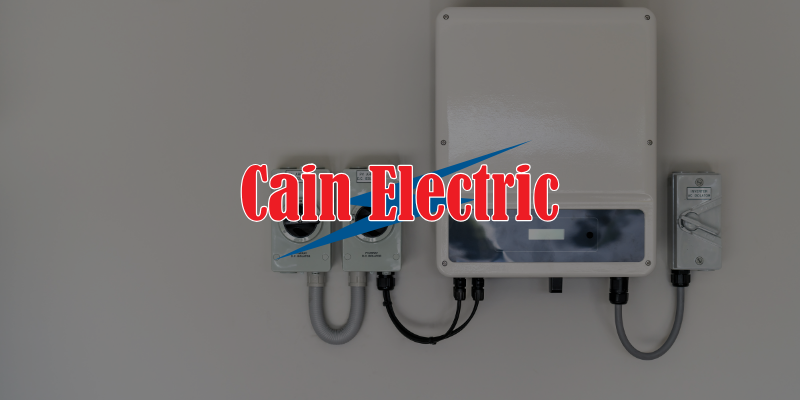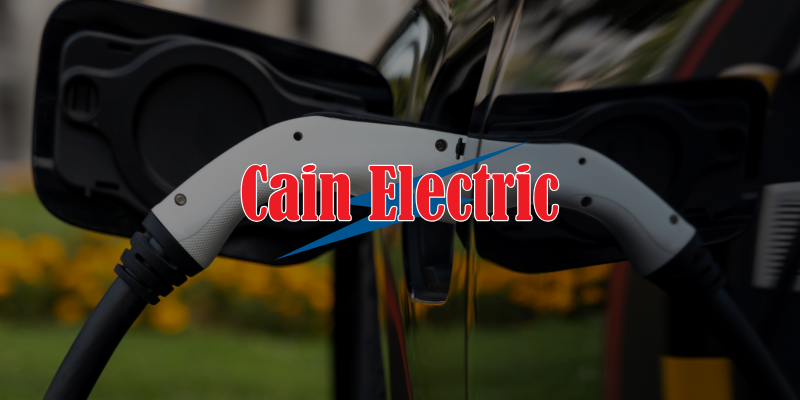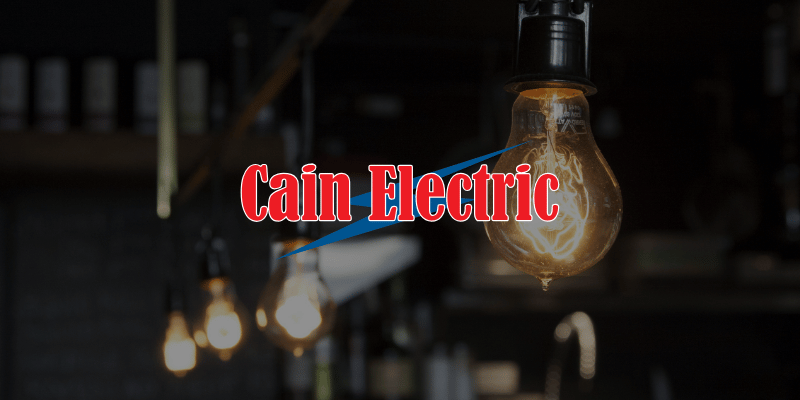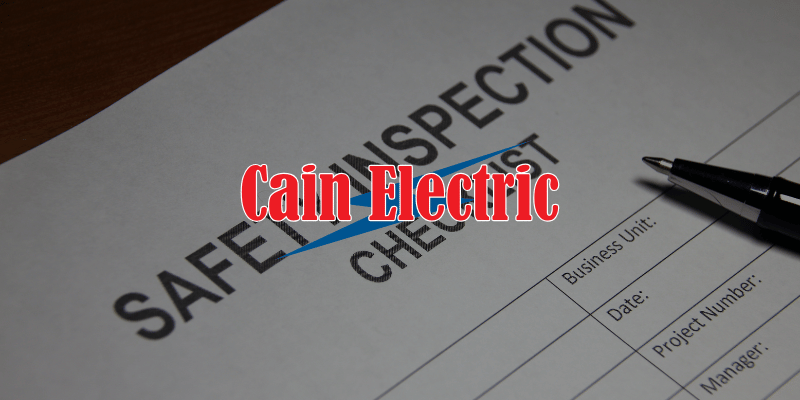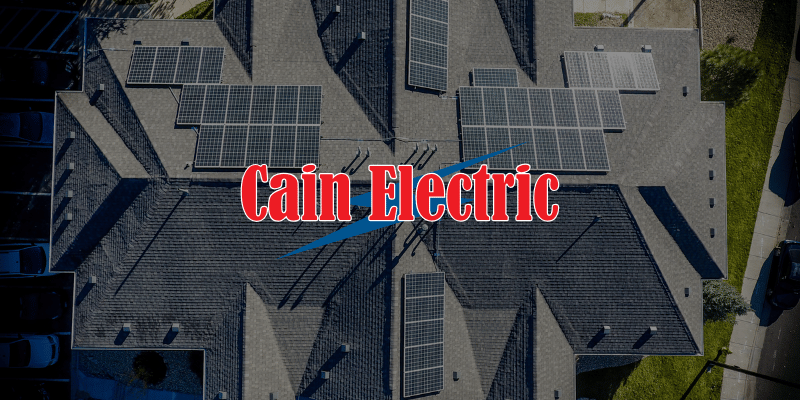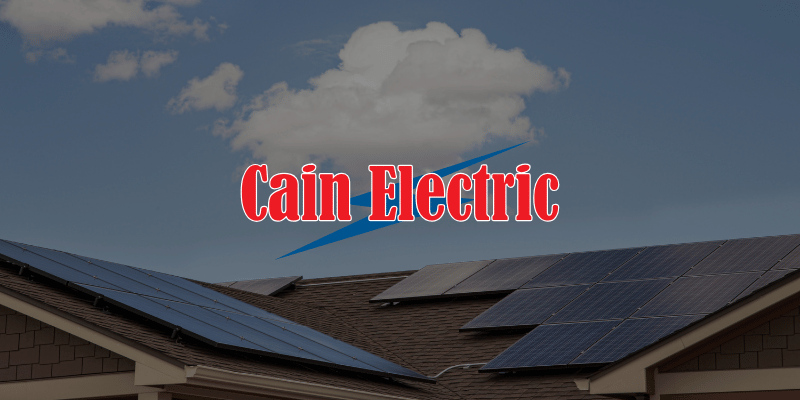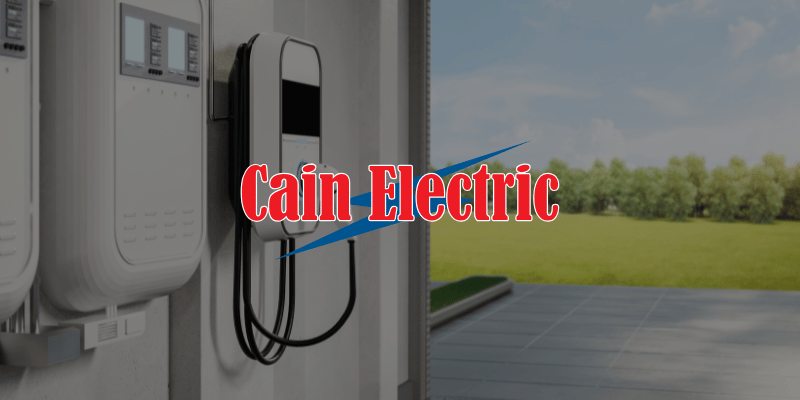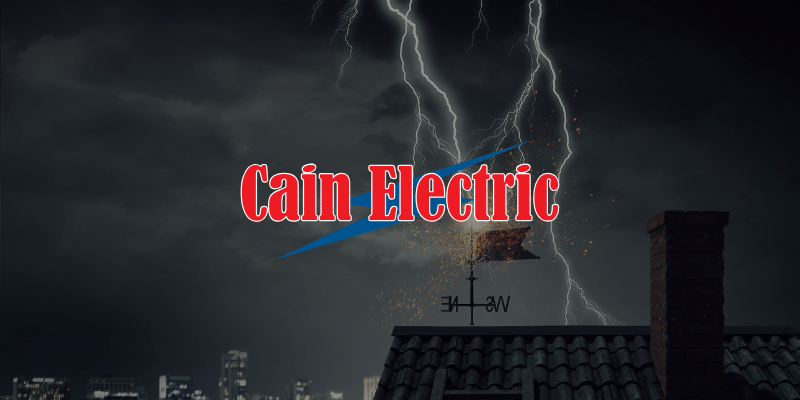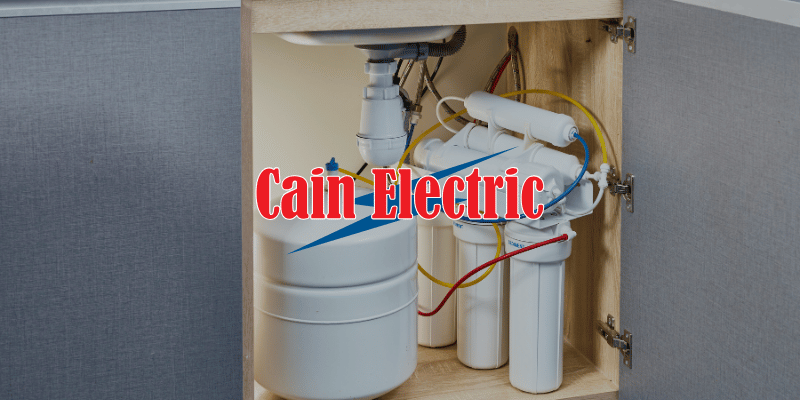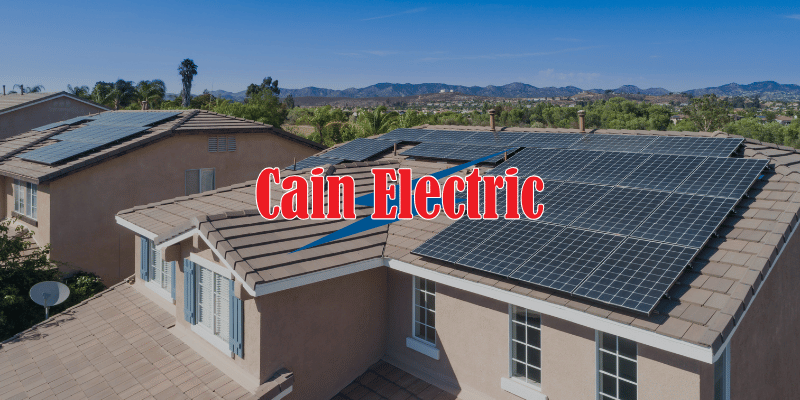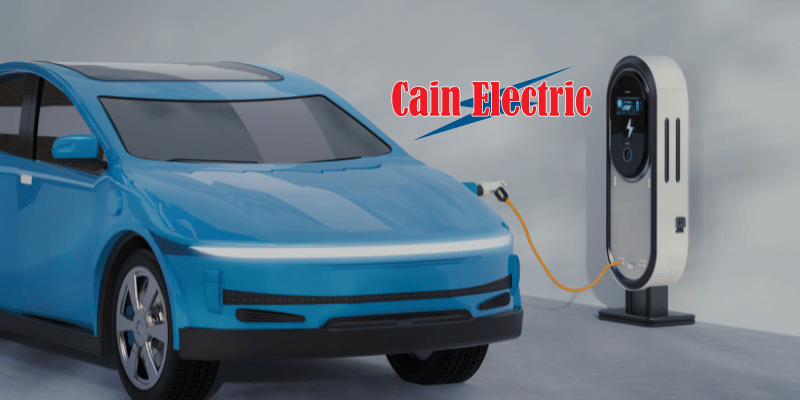
How Electrical Load Shedding Works in Missouri (And Why It Matters for Backup Power)
Most Missouri homeowners are familiar with power outages caused by storms, but fewer understand the growing role of electrical load shedding — a controlled blackout technique utilities use to prevent total grid failure. As demand increases and infrastructure ages, utilities across Missouri are more frequently turning to load shedding to keep the lights on systemwide.
So what does this mean for your home, your appliances, and your backup power systems like generators or solar?
In this article, we’ll explain how load shedding works in Missouri, what it looks like in practice, and why it matters when you're planning for reliable backup power solutions.
What Is Load Shedding?
Load shedding is when your electric utility intentionally cuts power to certain areas or customers to reduce demand on the electrical grid. It’s a last-resort measure designed to prevent a total blackout when the system is overloaded or disrupted.
This often happens:
- During extreme heat or cold when HVAC demand spikes
- When a major transmission line fails
- If generation capacity is reduced unexpectedly
- During fuel shortages or rolling blackouts in neighboring states
Utilities pre-plan which circuits to shut off based on priority tiers. Critical infrastructure like hospitals usually stays online. Residential neighborhoods, however, are often first in line to go dark.
How Load Shedding Affects Missouri Homeowners
While Missouri isn't known for routine blackouts like California or Texas, utilities like Ameren and Evergy have begun using rolling outages more often in response to extreme weather and regional grid strain.
If you're in areas like Wildwood, Eureka, Union, Pacific, or Washington, your neighborhood could be temporarily disconnected — often with little to no warning.
During load shedding:
- Your home may lose power for 30 to 90 minutes or more
- These outages can happen multiple times per day
- You may not receive a text or email alert in time
- HVAC, lighting, and essential appliances shut off
- Smart home devices and water systems may fail if not protected
If your home relies on medical equipment, well pumps, sump pumps, or security systems, these events can be more than inconvenient — they can be dangerous.
Why Load Shedding Matters for Backup Power Planning
Most homeowners invest in generators, solar panels, or battery backups for peace of mind during unplanned outages. But load shedding changes how you need to think about your system’s design.
Key considerations include:
1. You may need faster or automatic transfer
Load shedding events can hit without warning, meaning there’s no time to wheel out a portable generator or fumble with extension cords. An automatic standby generator ensures your power kicks back on within seconds — even if you’re not home.
2. Your load size matters more than ever
If your backup system can’t handle the loads you rely on — like HVAC, sump pumps, or refrigerators — you’ll still experience partial outages. Cain Electric can help you size your generator or battery correctly and install dedicated backup circuits that protect what matters most.
3. Not all solar systems keep the lights on
Grid-tied solar systems shut down during outages unless they’re connected to a battery or hybrid inverter. If you want your solar to keep working when load shedding hits, you need to plan your system accordingly. We can help design solar setups that continue powering your home when the grid goes down.
Learn more about our solar services in Missouri.
4. Circuit management becomes crucial
If you're using a smaller backup generator or battery, you may not be able to power everything at once. We recommend installing a manual or smart load-shedding panel that automatically manages which circuits get powered based on demand and priority.
This allows:
- Lights and refrigeration to stay on during mild outages
- HVAC to kick on only when other major appliances aren’t in use
- Protection of sensitive equipment from overloads
Cain Electric offers load management panel installation alongside all backup power solutions.
What About Utility Notifications?
Some Missouri utilities offer apps or text alerts about rolling blackouts or peak demand warnings. These are useful but not always timely.
Load shedding is often implemented with just minutes of notice, especially during fast-moving weather systems or regional emergencies. That’s why preparedness beats notification every time.
Don’t wait for an alert — build resilience now.
How Cain Electric Designs for Load Shedding Resilience
We’ve helped homeowners across Missouri prepare for uncertain power conditions with smart, future-ready systems.
Here’s what that looks like:
- Sizing your generator to match your real-world electrical needs
- Upgrading your panel if needed to support additional circuits
- Wiring essential systems to dedicated backup-only breakers
- Installing automatic transfer switches for seamless switchover
- Offering hybrid solar + battery + generator setups for full independence
- Educating you on how to operate and maintain your system safely
Learn more about our whole-home generator installation services.
Signs Your Home Is Vulnerable During Load Shedding
You may need backup or upgraded systems if:
- You’ve had to reset your HVAC or modem after outages
- You rely on a CPAP, oxygen, or other powered medical device
- Your refrigerator has spoiled food during past blackouts
- Your well or sump pump stops working during short outages
- You’ve experienced outages longer than 30 minutes in the last year
Don’t wait until your next outage to find out your system isn’t ready.
The Bottom Line
Electrical load shedding isn’t just a big-city or southern-state issue anymore — it’s becoming a reality for Missouri homeowners, especially during extreme weather.
Preparing now means:
- Your food stays cold
- Your family stays warm (or cool)
- Your water keeps flowing
- Your life stays on track
Cain Electric designs and installs custom backup power solutions that work — no matter what your utility company decides.
Contact us today to get started on a system built for Missouri’s next outage.


